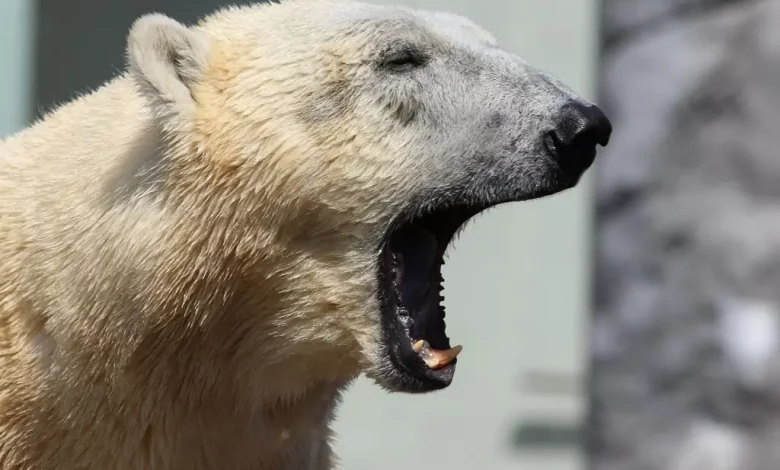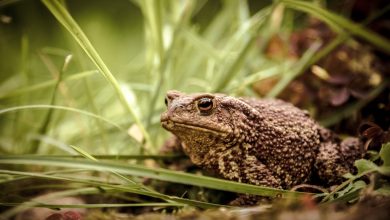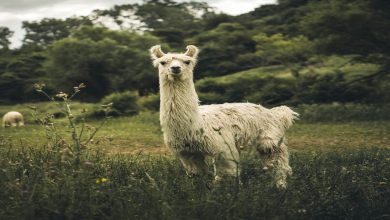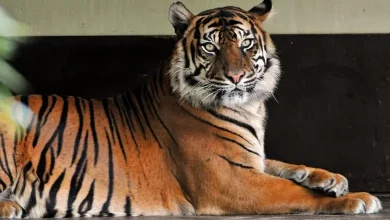Polar bear population decline slows, but still at risk from climate change

Education And Awareness:
Raising Awareness About The Threats Facing Polar Bears And The Importance Of Protecting Their Habitat Is Crucial In Conservation Efforts.
Through Education And Awareness, People Can Learn About The Actions They Can Take To Help Protect Polar Bears And Their Habitat.
Captive Breeding And Rehabilitation:
Some Zoos And Wildlife Centers Have Captive Breeding Programs For Polar Bears, Which Can Help To Ensure The Survival Of The Species.
Additionally, Some Rehabilitation Centers Help Injured Or Orphaned Polar Bears To Recover And Be Released Back Into The Wild.
International Cooperation:
Conservation Efforts For Polar Bears Often Require International Cooperation, Since The Species’ Range Spans Across Several Countries.
International Agreements Such As The 1973 Agreement On The Conservation Of Polar Bears, Which Was Signed By The Five Arctic Countries (Canada, Denmark, Norway, The Russian Federation, And The United States) Plays A Key Role In The Protection Of Polar Bears.
Conservation Efforts For Polar Bears Include A Combination Of Measures, Such As Hunting Regulations, Habitat Protection, Research, Education And Awareness, Captive Breeding And Rehabilitation, And International Cooperation.
It Is Crucial To Continue These Efforts To Ensure The Survival Of This Iconic Species In The Face Of The Many Challenges It Faces.
In Conclusion, Polar Bears Are Large, Carnivorous Mammals That Live In The Arctic Region.
They Have Thick, White Fur, A Thick Layer Of Fat, And Large Paws That Are Adapted To Living In The Arctic Environment.
Their Diet Mainly Consists Of Seals, And They Use Sea Ice For Hunting, Breeding And Traveling.
However, The Sea Ice Is Melting Due To Climate Change, Which Is Having A Significant Impact On Their Population.
Polar Bears Face A Variety Of Threats, Including Habitat Loss, Hunting, Pollution, And Climate Change.
These Threats Have Led To A Decline In Their Population, And The Species Is Currently Considered “Vulnerable” By The International Union For Conservation Of Nature (Iucn).
To Protect Polar Bears And Their Habitat, Conservation Efforts Are Being Made.
These Include Hunting Regulations, Habitat Protection, And Efforts To Reduce Greenhouse Gas Emissions To Slow Down Climate Change.
Additionally, Research, Education And Awareness, Captive Breeding And Rehabilitation, And International Cooperation Are Also Important In Conserving The Species And Its Habitat.
It Is Crucial To Continue These Efforts To Ensure The Survival Of Polar Bears For Future Generations, As They Play A Vital Role In The Arctic Ecosystem And Are An Iconic Species That Should Be Protected.

It Is Also Important To Address The Root Causes Of Climate Change, As It Is One Of The Major Threats Facing Polar Bears.
This Includes Reducing Greenhouse Gas Emissions, Transitioning To Clean Energy, And Adopting Sustainable Practices.
It Is Also Important To Consider The Effect Of Human Activities On The Arctic Ecosystem, Such As Oil And Gas Development, Shipping, And Mining.
These Activities Can Have A Significant Impact On Polar Bears And Their Habitat, And Their Effects Need To Be Carefully Managed To Minimize The Impact On The Species And Its Habitat.
Furthermore, It Is Important To Recognize That Polar Bears Are Not Only A Species Of Conservation Importance But Also A Culturally Significant Species For The Arctic Indigenous People, And Their Conservation Must Be Approached In A Way That Recognizes And Respects Their Traditional Knowledge And Practices.
Finally, It Is Important To Note That The Conservation Of Polar Bears Is Not Only An Issue Of Protecting A Single Species But Also An Issue Of Preserving The Entire Arctic Ecosystem And Its Biodiversity.
The Arctic Region Is A Unique And Fragile Ecosystem That Is Facing Many Challenges, And Protecting Polar Bears Is A Crucial Step In Preserving This Ecosystem For Future Generations.
Protecting Polar Bears And Their Habitat Is A Complex And Multifaceted Challenge That Requires A Holistic Approach That Considers The Many Different Factors That Affect The Species And Its Habitat, As Well As The Cultural Significance Of The Species For The Arctic Indigenous People.
It Is Essential That We Take Action Now To Preserve Polar Bears And The Arctic Ecosystem For Future Generations.
EXCEllent


